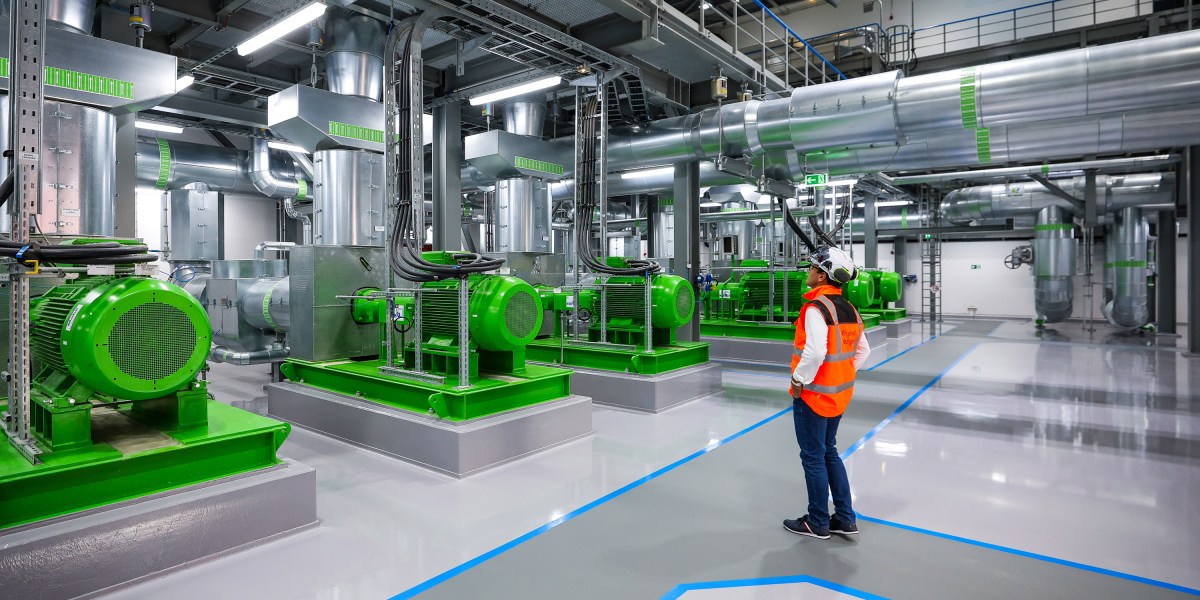Hydrogen could be used for nearly everything. It probably shouldn’t be.

Beyond that, though, hydrogen will probably be most useful in industries where there aren’t other practical options already on the table.
That’s a central idea behind an infographic I think about a lot: the Hydrogen Ladder, conceptualized and updated frequently by Michael Liebreich, founder of BloombergNEF. In this graphic, he basically ranks just about every use of hydrogen, from “unavoidable” uses at the top to “uncompetitive” ones at the bottom. His metrics include cost, convenience, and economics.
At the top of this ladder are existing uses and industries where there’s no alternative to hydrogen. There, Liebrich agrees with most experts I’ve spoken with about hydrogen.
On the next few rungs come sectors where there’s still no dominant technical solution for cleaning up emissions, like shipping, aviation, and steel production. You might recognize these as famously “hard to solve” sectors.
Heavy industry often requires high temperatures, which have historically been expensive to achieve with electricity. Cost and technical challenges have pushed companies to explore using hydrogen in processes like steelmaking. For shipping and aviation, there are strict limitations on the mass and size of the fueling system, and batteries can’t make the cut just yet, leaving hydrogen a potential opening.




